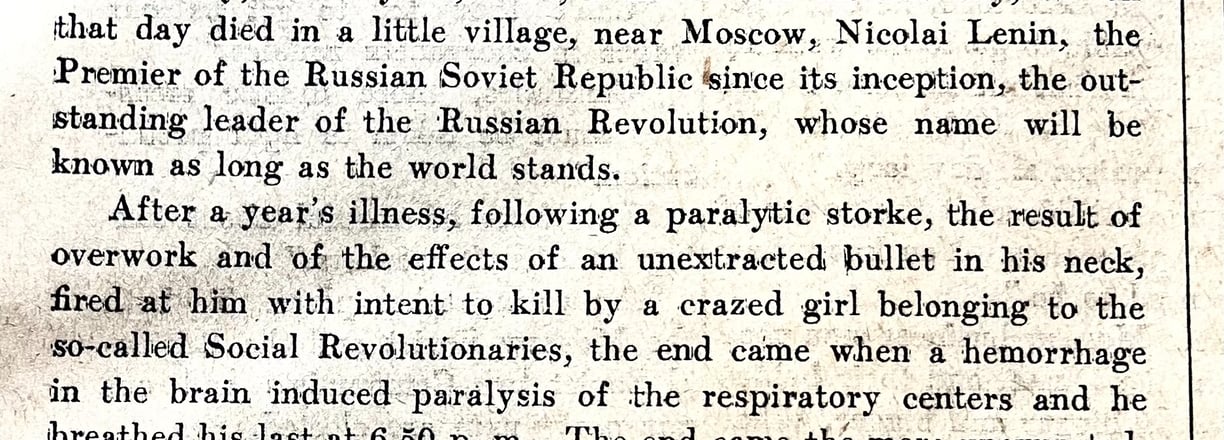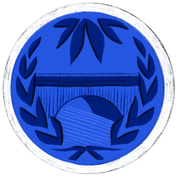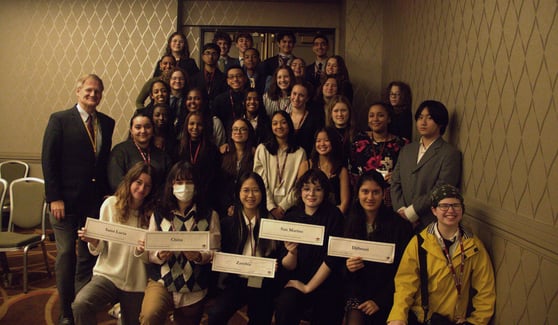Soviet Union: 1924 Lenin’s Death


Chair Names: Simon Ready-Miller, Krissie Alexis, Maude Ullmann, Ethan Garcia, & Pax Huybers
Committee Overview
After the Russian Revolution of 1917, which saw the abdication of Tsar Nicholas II and the end of over 300 years of Romanov rule, the Bolsheviks, led by Vladimir Lenin, became the new leaders of the vast empire. Inspired by the writings of Karl Marx, the Bolsheviks made history as the first communists to successfully take over a country. Despite concerns about the efficacy of communism, Lenin went on to lead the party through World War One, the Russian Civil War, and economic issues due to massive inflation. The Bolshevik leaders differed on many issues, but it was evident that they were all united under their respect and admiration of Lenin. Be that as it may, this worship of Lenin assured that the Bolsheviks would be lost without him.
However, by 1924, it became clear that Lenin’s days were numbered. He’s suffered two strokes that have left him half paralyzed and partly unable to speak. Amidst Lenin's decline in health, the Soviet Union is in a weakened position. Years of war have left the nation in a state far behind its European rivals. Many of these countries, concerned that the Bolsheviks’ revolutionary spirit will spread across Europe, have made it their mission to topple the Russian government. Additionally, deep factionalism has risen within the Bolshevik party, as groups have begun forming with Lenin's succession in mind. With contrasting views on everything from foreign policy to the economy, to their political structure, it will be a hard conflict to see whose ideas will win out and shape the future of the Soviet Union. This has left the Bolshevik party as a powder keg, with its future hanging in the balance. Delegates will take on the roles of Soviet leaders and have to choose the future of the nation. They will be tasked with addressing the aftermath of the Kronstadt rebellion, the implementation of Lenin Economic Policies, and issues in Ukraine and Belarus. Ultimately, delegates will need to battle among each other to decide who will lead the Soviet Union after Lenin. Soviet Union: 1924 will be a fast-paced, engaging committee where delegates will decide if the country can make its goals a reality, or if the idea of a revolutionary government is simply a dream that belongs in Marx’s Communist Manifesto.


